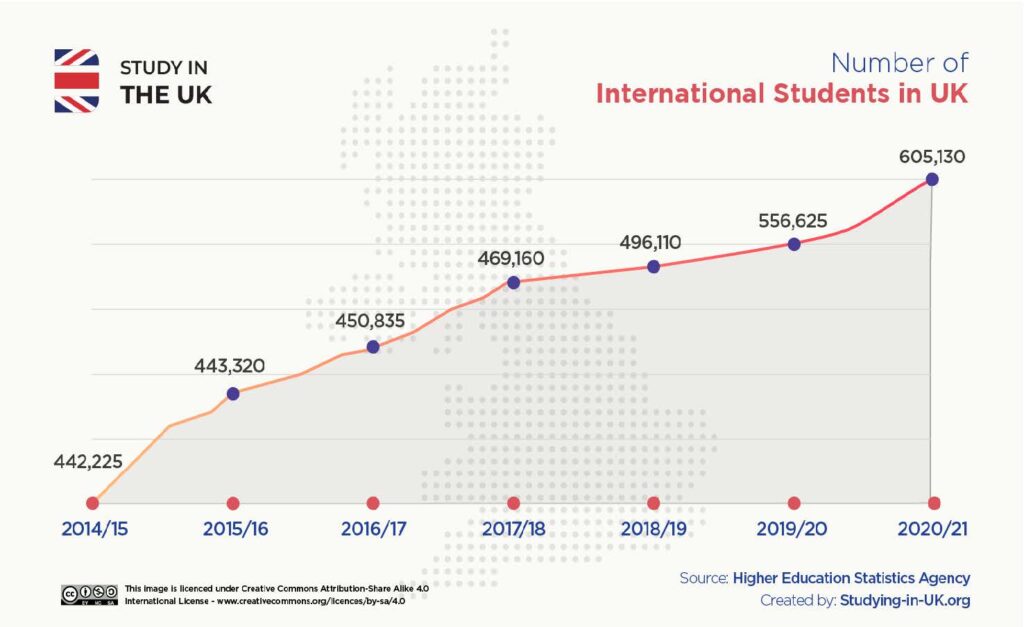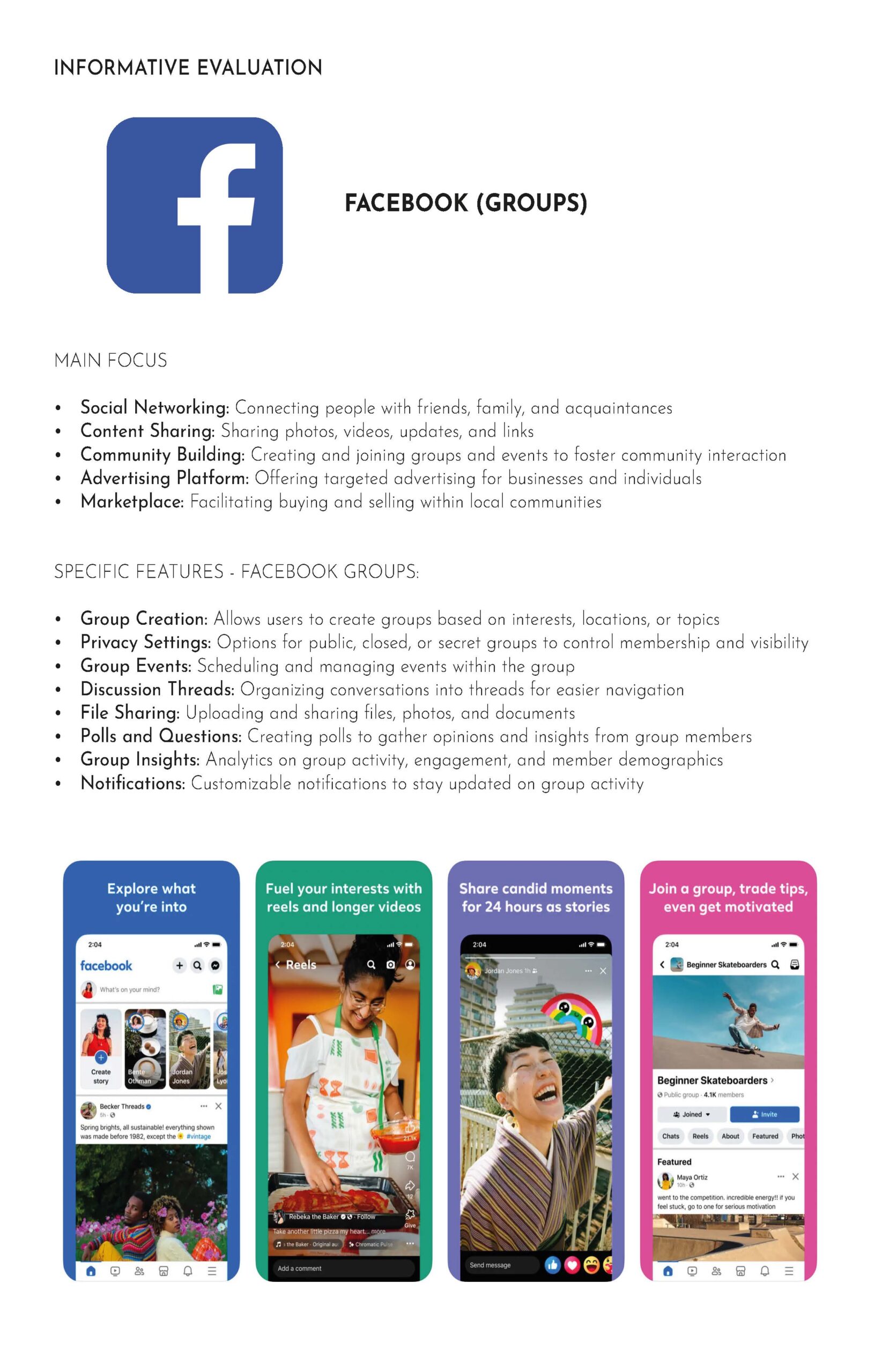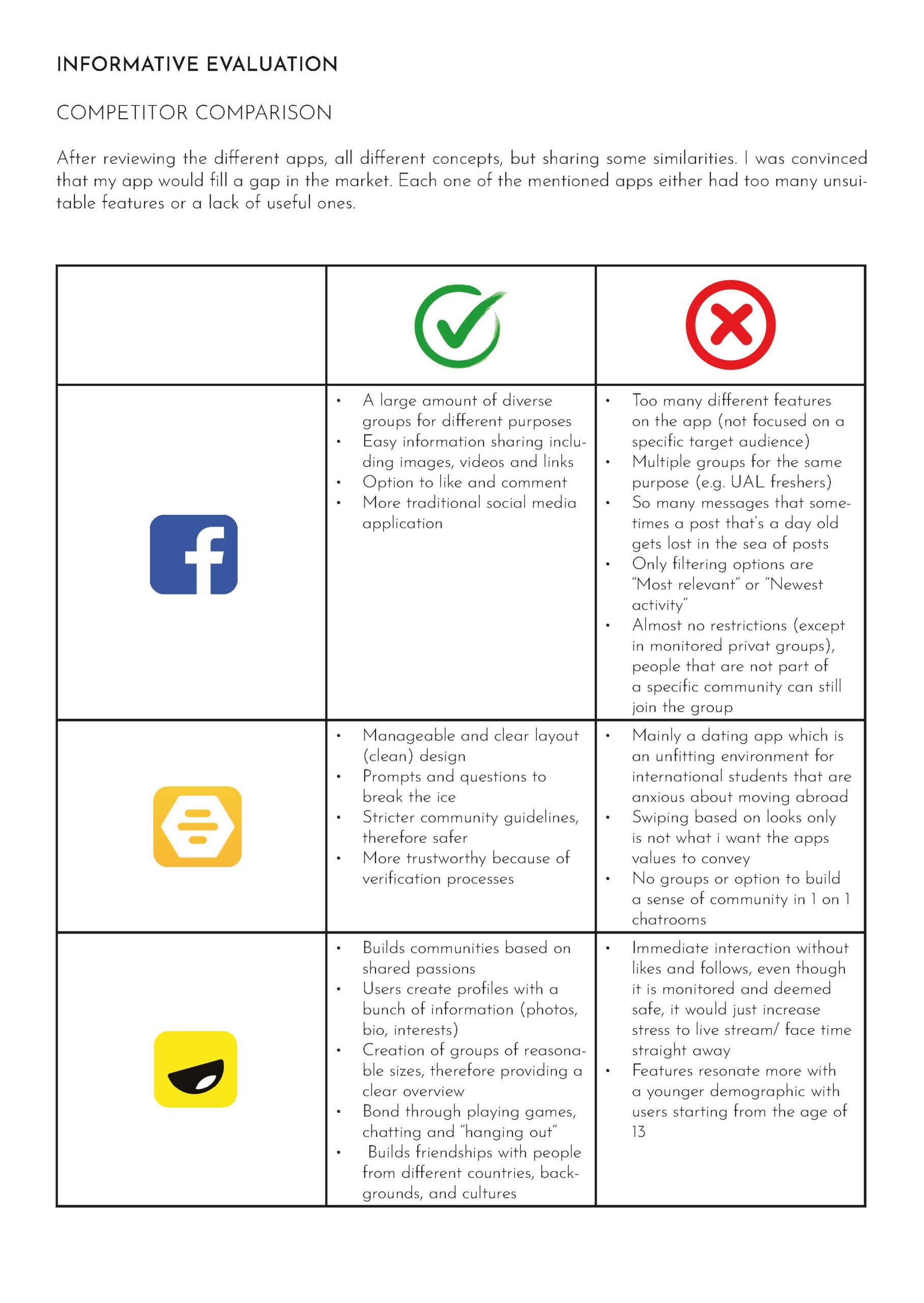CommuniTree
Growing Together, One Branch at a Time
App Development (WIP)
Introduction
Developed using SwiftUI for seamless and responsive design, CommuniTree leverages real-time data synchronisation and secure user authentication. The app integrates CoreData to store user preferences locally, ensuring a smooth and personalised experience. Its modular architecture allows for scalability, enabling future feature enhancements with minimal disruption.
Tailored to the needs of international students, CommuniTree provides a platform for building connections, sharing experiences, and accessing valuable resources. By promoting inclusivity and companionship, the app aims to transform London into a welcoming home away from home for students navigating their new lives.
Research
- The UK, particularly London, has seen a steady increase in international student numbers, with 679,970 students recorded in 2021/22, reflecting a 12.3% growth from the previous year.
- Of these, 120,140 were from the EU, while 559,825 came from non-EU countries, with the majority (22.3%) originating from China.
- International students made up nearly 24% of the total 2.6 million higher education students in the UK that year, a figure likely higher today.

- Purpose: CommuniTree is designed for international students in London, helping them navigate the stress of moving to a large, unfamiliar city.
- Of these, 120,140 were from the EU, while 559,825 came from non-EU countries, with the majority (22.3%) originating from China.
- International students made up nearly 24% of the total 2.6 million higher education students in the UK that year, a figure likely higher today.

Homesickness and Loneliness:
Being far away from home and familiar surroundings can evoke feelings of homesickness and isolation. Adjusting to a new environment without the support network of family and friends can be hard, leading to feelings of loneliness and longing for home.

Absence of Cultural Comforts:
One of the most tangible changes of cultural transition is the absence of familiar foods and customs. International students may struggle to find their favourite dishes or engage in cultural practices that provide comfort and familiarity.

Unequal Treatment and Discrimination:
Unfortunately, international students may also encounter instances of unequal treatment, racism, and language discrimination. Navigating unfamiliar social dynamics and encountering prejudice can worsen feelings of isolation and alienation.

Culture Shock:
Culture shock is a common phenomenon experienced by many international students, characterized by a profound disorientation and discomfort caused by differences in values, attitudes, habits, and ways of thinking. Adjusting to new societal norms and expectations can be challenging, leading to feelings of confusion and uncertainty.
- Addressing Emotional Needs: The app fosters connection through community-building features, helping students combat homesickness and feelings of isolation by providing a support network.
- Bridging Cultural Gaps: By celebrating cultural diversity, the app offers students a platform to share traditions and connect with others who understand their experiences.
- Encouraging Resilience: Features like guided resources and peer support empower students to navigate cultural adjustments and overcome challenges with confidence.
The cost of living in London is notoriously high, adding financial stress to daily life. Additionally, as a densely populated city, London often suffers from space shortages, resulting in small living spaces that can feel cramped and uncomfortable.
Furthermore, London has been ranked as the fifth most stressed city, highlighting the high levels of stress experienced by its residents. All these factors are making the support of a close-knit community all the more valuable.
London’s fast pace and high costs can feel overwhelming, but its endless opportunities for growth and exploration make it a uniquely rewarding city. The app supports students in embracing these experiences, turning challenges into memorable experiences.


Camille
Age:
22
Name:
Camille
Description/Background:
Camille, from Lyon, France, has a passion for art that inspired her to pursue a Fine Arts degree. Seeking new perspectives and a vibrant cultural environment, she moved to London to immerse herself in its diverse artistic scene.
Problem:
Camille struggles with homesickness, missing her mom’s homemade pastries, balancing academic demands and adjusting to life in London while finding her place in the local artistic community.
Goal:
- Excel academically and creatively while expanding her artistic horizons
- Build meaningful connections with fellow artists and mentors
- Connect with French students to learn traditional baking, bringing a comforting sense of home to her experience

Wei Chen
Age:
18
Pronouns:
he/him
Description/Background:
Wei, from Beijing, China, grew up in a family that values education and financial success. Inspired by his parents’ finance careers, he excelled in math and analytical subjects, leading him to pursue studies in London, a move encouraged by his parents.
Problem:
Wei feels nervous about leaving Asia for the first time and struggles with limited English proficiency. Balancing language courses with academics and making friends in a new environment adds to his anxiety.
Goal:
- Connect with a fellow Chinese student to share experiences and ease his transition
- Build a relationship before arriving in London to reduce anxiety and gain confidence
International students often face sociocultural and psychological challenges, including homesickness, loneliness, and cultural adaptation struggles, particularly when transitioning to big cities like London. This move, often their first time away from home, can leave them feeling overwhelmed and disconnected from support networks.
There is an opportunity to develop an app that fosters connections, provides cultural adaptation resources, and supports mental health. By creating a virtual space for students to connect with peers and access tools like language assistance and cultural events, the app can help mitigate stress, promote community, and enhance their overall experience.
With the target community and challenges clearly identified, I conducted market research to understand how my app could stand out through its unique design and features. By searching for topics that international students commonly explore (e.g., “Finding friends in London,” “Connecting with students in London,” “How to meet people in London”), I identified numerous suggestions. Among these, I selected three key competitors for closer analysis to better position my app in the market.




-
SAFETY AND SECURITY
University Email Registration: Ensure the app is exclusively for students in London by requiring registration with a university email. -
SHARED INTERESTS
Detailed Profiles: Require users to provide information on their university course, year of study, hobbies, and profile picture to help others and themselves decide if they want to connect. -
ACCOUNT CREATION
Country-Specific Bubbles: Automatically place users in a "bubble" with others from the same country (when they sign in). Maybe with an added option to switch countries in the settings, though with potential limitations to maintain authenticity. -
GROUP CREATION
Pre-Set Groups: Launch the app with predefined groups for different subjects, years, and universities to avoid too many groups and repetitions, ensure active participation. -
GROUP CHATS
Intimate Group Settings: Allow users to create and utilise group chats for smaller, more intimate interactions.
Development


Outcome
As the current focus has been on coding core functionalities and refining the low-fidelity prototype, the visual design remains a work in progress. Prioritizing usability and foundational features first ensures the app’s functionalities meet user needs effectively before integrating the final branding and high-fidelity design. This phased approach allows for iterative improvements and alignment with both user expectations and technical requirements.
Reflections
The design process prioritised simplicity, aligning with social media norms where user-generated content takes center stage. Early iterations focused on functionality, but as the app evolved, design elements were refined to create a more branded and cohesive look. Future enhancements include to further integrate branding and aesthetics to strengthen the app's visual identity and user experience.


